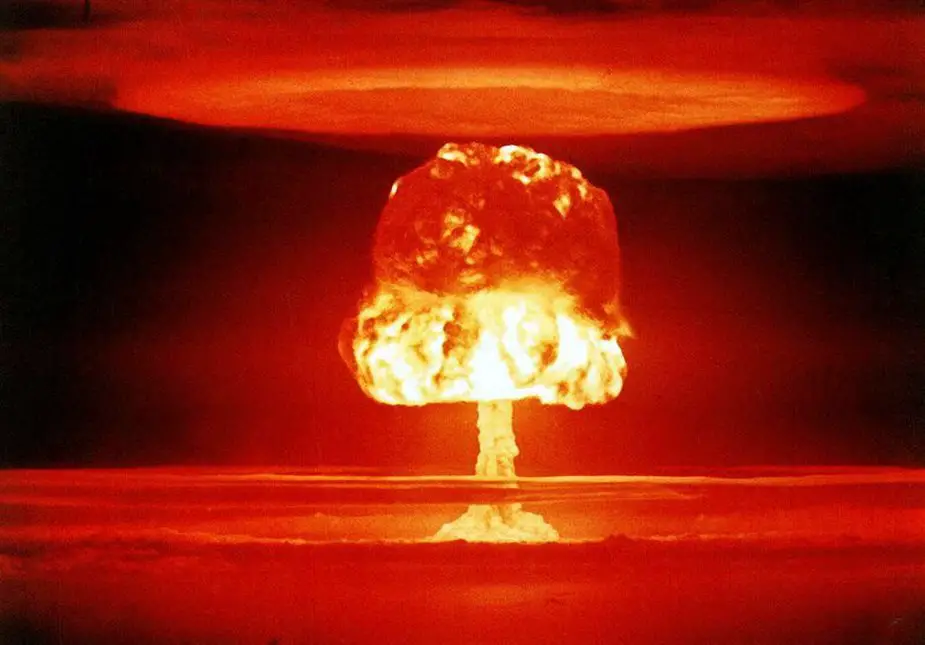US 2019 Missile Defense Review: escalating competition with Russia and China
As explained by Joy Mitra on The Diplomat, on the heels of the first and the second nuclear ages, respectively shaped by bipolar nuclear competition and nuclear non-proliferation concerns, the dawn of a “third nuclear age,” a much-debated concept, seems incumbent with the world witnessing a renewed strategic competition between the three superpower states of the United States, Russia, and China. The United States also faces a nuclear rivalry with regional powers like North Korea, which continues to modernize its arsenal, and Iran, which could pursue an intercontinental-range ballistic missile (ICBM).

The mushroom cloud from the atmospheric detonation of the 11 megaton Castle Romeo nuclear bomb. ( Picture source: CBTBO)
In response to the threat from “rogue states” and “revisionist powers,” the 2019 United States Missile Defense Review (MDR), released by the United States Department of Defense (DoD), has asserted that it seeks to detect and destroy “any type of target” either “before or after launch.” The MDR states an intention in the United States to develop high-end capabilities like space based sensors for launch detection, modified interceptors for the F-35, and drones with mounted lasers to exercise boost-phase interception capability.
The MDR also seeks to develop and test the SM-3 Block IIA Interceptor against an ICBM-class target by 2020 and develop a next-generation “Multi-Object Kill Vehicle” for the ground-based interception of ICBM warheads, decoys, and countermeasures. Whether these capabilities materialize or not, they are very likely to provoke counter-responses from adversaries. However, the destabilizing consequences are likely to travel down the “strategic chain” of the United States, China, India, and eventually Pakistan, with the most potent impact coming on the India-Pakistan dyad.
The qualitative and quantitative impact of the strategic competition spawned by the MDR, Joy Mitra concludes, is very likely to travel down through the strategic chain in Asia. China could be forced to deviate from its path of minimalism, leading to India to respond in kind. However, the worst fall out could perhaps fall on Pakistan, which may be constrained in its ability to expand its strategic arsenal because of limited fiscal means and fissile material. Technological progress is continuously challenging the survivability of the nuclear arsenal of many states and the MDR could significantly exacerbate and upset the existing strategic calculus in South Asia.


























